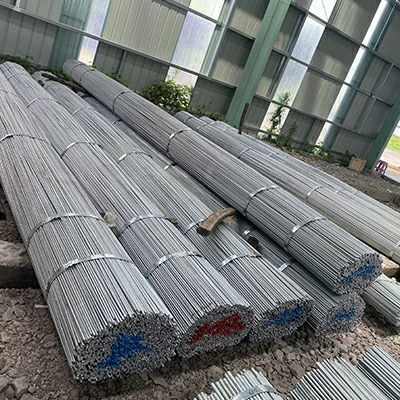Galvanized steel pipes undergo various inspection processes to detect surface defects and imperfections. These inspections are crucial to ensure the quality and integrity of the galvanized coating and the steel substrate.
Here’s how galvanized steel pipes are typically inspected for surface defects:
- Visual Inspection: Visual inspection is the first and most basic method used to detect surface defects and imperfections. Qualified inspectors examine the entire surface of the galvanized steel pipe for visible abnormalities such as scratches, dents, pits, uneven coating, or areas of incomplete coverage.
- Dimensional Inspection: In addition to visual inspection, dimensional checks are performed to ensure that the galvanized steel pipes meet specified dimensional tolerances. This involves measuring the outer diameter, wall thickness, and length of the pipes using calibrated instruments such as calipers, micrometers, or laser measurement devices.
- Coating Thickness Measurement: Galvanized coatings are typically specified to have a certain thickness to provide adequate corrosion protection. Coating thickness measurement is performed using non-destructive testing methods such as magnetic induction or eddy current gauges. These devices accurately measure the thickness of the zinc coating without damaging the surface of the pipe.
- Adhesion Testing: Adhesion testing is conducted to evaluate the bond strength between the galvanized coating and the steel substrate. Various methods can be used, including tape tests, bend tests, galvanized steel pipe manufacturers or scratch tests, to assess the adhesion of the zinc coating. These tests determine whether the coating adheres securely to the surface of the steel pipe and can withstand handling and service conditions without delamination or peeling.
- Holiday Detection: Holiday detection, also known as spark testing or pinhole detection, is performed to identify any discontinuities or pinholes in the galvanized coating that could lead to corrosion. This method involves passing an electrical current through the surface of the coating and using a detector to identify areas where the current passes through due to defects in the coating.
- Visual Microscopy: For more detailed analysis of surface defects, visual microscopy may be used to examine the surface of the galvanized coating at high magnification. This allows inspectors to identify smaller imperfections such as micro-cracks, blisters, or inclusions that may not be visible to the naked eye.
- Salt Spray Testing: Salt spray testing is conducted to evaluate the corrosion resistance of the galvanized coating. Specimens of galvanized steel pipes are exposed to a controlled salt spray environment for a specified period, and any signs of corrosion or coating degradation are monitored and assessed.
By performing these comprehensive inspection procedures, manufacturers can ensure that galvanized steel pipes are free from surface defects and imperfections, providing reliable corrosion protection and durability in various applications.

How are galvanized steel pipe inspected for surface defects and imperfections?